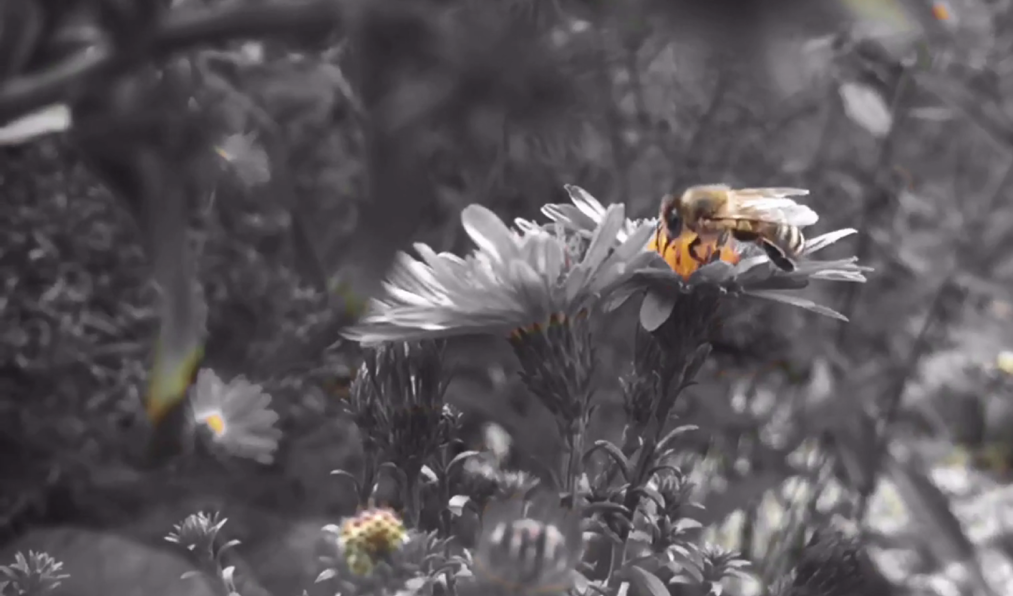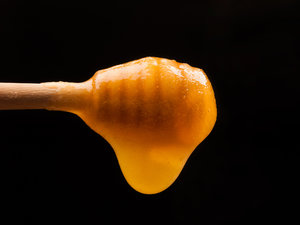
It begins with a flower.
Far away in the remote land of New Zealand,
grows a rare plant known as Leptospermum scoparium.
Known to the maori as Manuka, or the New Zealand Tea Tree, the shrub has had a significant place in the natural pharmacopoeia for hundreds of years.
The leaves contain a highly effective antibacterial oil, the bark contains antiageing catechols and the nectar contains both DHA and MGO.
Each jar of Manuka has an MGO rating.
In December 2017, the Ministry for Primary Industries (MPI) finalised a robust and sophisticated scientific definition that authenticates New Zealand as the Country of Origin.
The New Zealand government Export Controls require that all product for which an official assurance is required complies with the MPI Manuka standard.
As our understanding grows, chemical markers help to authenticate New Zealand Manuka.
Buying manuka honey that is made in New Zealand and that clearly states the amount of MGO on the label is the easiest way to know you are buying authentic New Zealand Manuka honey.

Markers that aid authentication of Manuka honey:
Methylglyoxal (MGO): This indicates the potency. MGO was directly correlated to antibacterial effect in research produced by Dr Thomas Henle at the University of Dresden in 2008.
Dihydroxyacetone: Found in the nectar of most Leptospermum species, DHA converts to MGO over time. There is no MGO in the nectar of Manuka plants, only DHA. MGO begins to develop in the honey, once the bees have made their contribution.
3-phenyllactic acid: This is the first of four markers required by MPI. 3-PLA is also found in Kanuka Honey, from Kunzea ericoides, and Multifloral Manuka honey may also contain some Kanuka Honey.
2-methoxyacetophenone: This marker is required by MPI. This compound is uniquely identified in Leptospermum scoparium and is not commonly found in other Leptospermum spp honey's. The range is restricted to Tasmania and New Zealand.
2-methoxybenzoic acid: This marker is found in the majority of New Zealand Manuka and is required by MPI. Dr Peter Brooks and the University of the Sunshine Coast have also identified this marker in Australian honey.
4-hydroxyphenyllactic acid: The final marker required by MPI to be present. Also found in Australian Leptospermum honey's and New Zealand Kanuka Honey.
Lepteridine: The potential use of Lepteridine as a marker was evaluated by researchers in New Zealand, including Dr Jonathon Stephens, Chief Scientist at Comvita.
Leptosperin: This marker is controlled by patent, owned by Dr Joji Kato. Leptosperin is also found in honey produced in Australia.
Manuka Honey is special to New Zealand
In New Zealand, the air, the water and the land are all absolutely stunning.
It is this pristine, unspoiled landscape that makes our honey so deliciously pure.
New Zealand has restrictions on the import of foreign honey, so when you buy honey that is produced and packaged in New Zealand, you can be confident that it was not blended with honey from other countries.
Make sure it's made in New Zealand, so you know you have purchased the best honey in the world.

